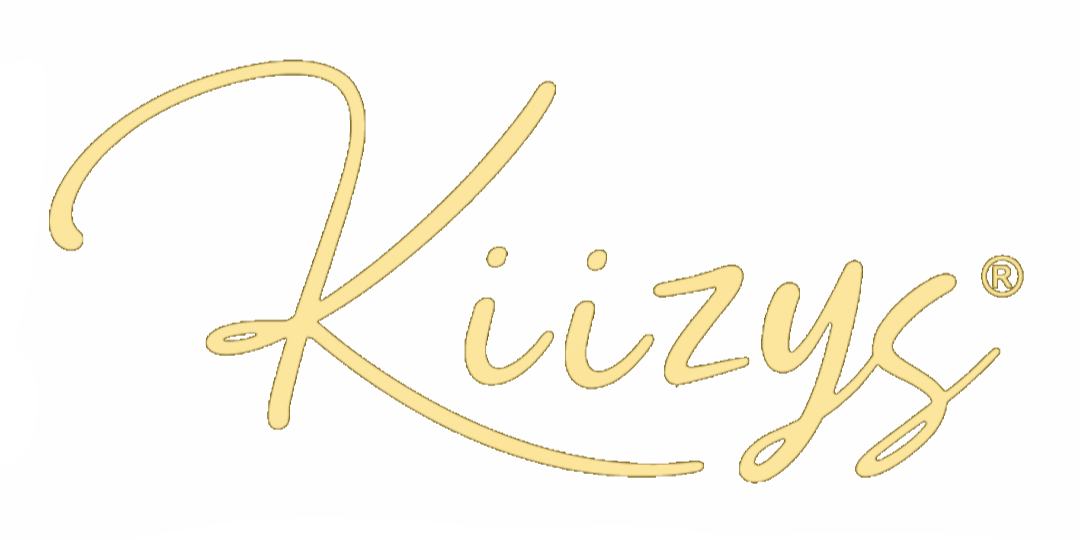What if I told you that an ordinary box of baking soda could hold the key to sparkling clean cutlery? It sounds too good to be true. You might think so, but many swear by this household remedy for tackling even the toughest tarnish on knives, forks, and spoons.
Does baking soda clean cutlery? Baking soda has long been celebrated for its versatility in cooking and baking, but now it's time to put it through the ultimate test - can it truly bring dull blades back to life? Join us on this investigative journey as we explore whether baking soda is a hidden gem in our quest for spotless silverware.
The Power of Baking soda in cleaning
Baking soda is a household superhero with its versatile and natural cleaning properties. Its gentle abrasive quality makes it an excellent scouring agent, effectively removing stubborn stains and grime from various surfaces. It also neutralizes odors, making it a fantastic deodorizer for refrigerators, carpets, and shoes. When combined with vinegar, it produces a bubbling reaction that can tackle tough clogs and stains in drains. Whether you're scrubbing, deodorizing, or unclogging, baking soda is a go-to cleaning agent that's both eco-friendly and budget-friendly.
Why Use Baking Soda for Cutlery?
Baking soda is a useful cleaning agent for cutlery for several reasons:
- Gentle Abrasive: Baking soda's fine, powdery texture acts as a gentle abrasive, which is effective in removing stubborn stains, tarnish, and residue on cutlery without scratching the metal surfaces.
- Non-Toxic: Baking soda is a safe and non-toxic cleaning option, making it ideal for items that come into contact with food, like cutlery. It won't leave any harmful residues behind.
- Odor Neutralizer: Baking soda has natural odor-absorbing properties. If your cutlery has picked up any unpleasant smells, a baking soda scrub can help eliminate those odors.
- Eco-Friendly: Baking soda is environmentally friendly and biodegradable, making it a sustainable choice for cleaning cutlery.
----> Available at Amazon! KiiZYs' Flatware Set and Serveware Set are Lead free, Cadnium free and Phthalates free.
Steps to Clean Cutlery with Baking Soda
Cleaning cutlery with baking soda is an effective and non-toxic way to remove stains and polish your silverware. Here's a step-by-step guide on how to clean cutlery with baking soda:
Materials Needed:
-
Baking soda
-
Water
-
Soft cloth or sponge
-
Old toothbrush
-
Bowl or basin
-
Vinegar (optional)
-
Soft, dry cloth for polishing (optional)
1. Make a Baking Soda Paste:
Mix baking soda with water in a small bowl or basin to create a thick, consistent paste. You can start with a ratio of 3 parts baking soda to 1 part water and adjust until you have a paste-like consistency.
2. Apply the Baking Soda Paste:
Dip a soft cloth or sponge into the baking soda paste. Gently rub the paste onto the cutlery, focusing on stained or tarnished areas. You can apply the paste to intricate or detailed cutlery parts using an old toothbrush.
3. Let it Sit:
Allow the baking soda paste to sit on the cutlery for about 15-20 minutes. This gives the baking soda time to work on the stains and tarnish.
4. Scrub and Rinse:
After letting the baking soda paste sit, use a soft cloth, sponge, or toothbrush to scrub the cutlery, paying extra attention to the stained areas. Rinse the cutlery thoroughly with warm water to remove the baking soda residue.
5. Optional Vinegar Rinse:
If your cutlery is particularly tarnishing, give it an optional vinegar rinse. Fill a bowl with equal parts water and vinegar and soak the cutlery in the solution for a few minutes. Then, rinse the cutlery with water and dry it thoroughly.
6. Dry and Polish:
Use a soft, dry cloth to dry the cutlery thoroughly. If you want to add an extra shine, you can polish the cutlery with a clean, dry cloth.
7. Buff for Shine (Optional):
You can buff the cutlery with a clean, soft cloth for extra shine. This step is especially useful for silverware.
8. Store Properly:
Once your cutlery is clean and dry, store it properly to prevent future tarnishing. Consider using anti-tarnish strips in your storage area or wrapping the cutlery in tarnish-resistant cloth.

Pros and Cons of Using Baking Soda
Using baking soda to clean cutlery has several pros and cons. Here's an overview of the advantages and disadvantages:
Pros:
- Non-Toxic: Baking soda is a safe and non-toxic cleaning agent, making it an excellent choice for cutlery cleaning. It's gentle on both the environment and your health.
- Effective Stain Removal: Baking soda is an abrasive but not harsh, so it's effective at removing stains, tarnishes, and residue from cutlery without scratching or damaging the metal.
- Versatile: Baking soda can be used to clean a wide range of cutlery materials, including stainless steel, silver, and other metals.
- Readily Available: Baking soda is a common household item, so it's inexpensive and easy to find.
Cons:
- Abrasive: While baking soda is generally gentle, it is abrasive, and frequent or vigorous use may lead to minor scratches on some cutlery surfaces. Using it with care is essential, especially on delicate or highly polished items.
- Not Suitable for All Materials: Baking soda is not suitable for cleaning cutlery made from aluminum or non-stick materials, as it can potentially damage their surfaces.
- Time-Consuming: The cleaning process with baking soda can take a bit longer than commercial metal cleaners or polishes.
- May Not Remove Heavy Tarnish: You may need more specialized tarnish removers or polishes for severely tarnished silverware. Baking soda may not be effective in such cases.
---> Check out KiiZYs FDA approved kitchenware at Amazon store: Matching Serveware and Silverware Set
Conclusion:
In conclusion, baking soda can be an effective and versatile cleaner for cutlery. Its natural abrasive properties help remove stains and grime, leaving cutlery shiny and new. Additionally, it is a safe and non-toxic option that can be used on various types of cutleries without causing damage. However, it may not be as powerful as other chemical cleaners for heavy-duty cleaning tasks. Baking soda can be a reliable choice for regular maintenance and light cleaning. So why try it the next time you need to clean your cutlery?

FAQs
Q: Can I use baking soda on silverware?
A: Yes, you can! Baking soda is a great natural option for cleaning tarnished silverware and restoring its shine.
Q: Can I safely use baking soda on coated or painted cutlery handles?
A: It's best to avoid using baking soda directly on coated or painted surfaces as it may cause discoloration or damage to the finish. Stick to using it only on the metal parts of your cutlery.

